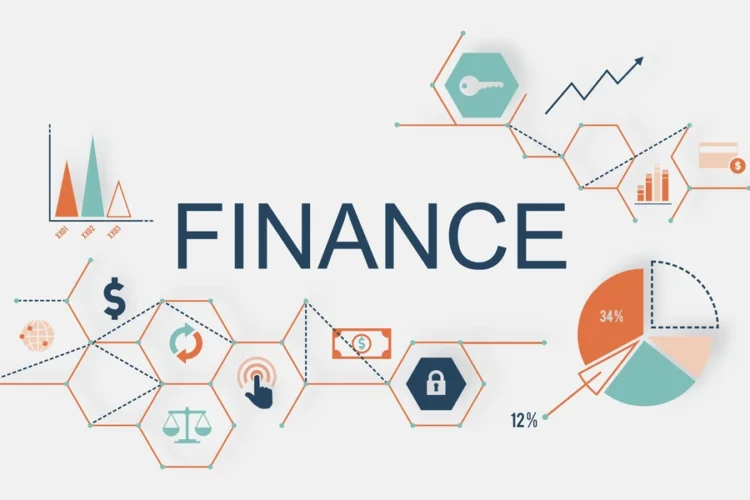When exploring the world of public sector finance companies, the Indian Railway Finance Corporation (IRFC) and Power Finance Corporation (PFC) stand out as two key players. Both companies have a crucial role in supporting India’s infrastructure development financially. Investors frequently examine factors such as the IRFC share price and use tools like a CAGR calculator to evaluate the performance and growth of these companies over time. In this blog, we will compare IRFC and PFC based on several parameters, including their business model, financial performance, and potential as investment options.
Business Model
IRFC: The Indian Railway Finance Corporation (IRFC) is a dedicated financial arm of Indian Railways. It primarily focuses on borrowing funds from the market to finance the acquisition of rolling stock, leasing, and project financing. Since IRFC is directly linked to the development of Indian Railways, it plays a significant role in modernizing and expanding the rail network.
PFC: Power Finance Corporation (PFC) is a leading financial institution in the power sector. It provides financial assistance to nationwide power generation, transmission, and distribution projects. PFC’s business model involves lending to various stakeholders in the energy sector, making it an essential player in India’s energy development landscape.
Financial Performance
Revenue Growth: IRFC and PFC have demonstrated steady revenue growth over the years. However, PFC, a larger institution with diversified lending across the energy sector, tends to have higher revenue figures than IRFC. Despite this, IRFC’s unique position as the primary financial backer of Indian Railways provides a strong and consistent revenue stream.
Profit Margins: PFC enjoys slightly better profit margins than IRFC due to its broader scope and diverse portfolio of loans. However, IRFC’s profitability is backed by the government’s focus on railway infrastructure development, which ensures a stable financial outlook.
Stock Performance
IRFC Share Price: The IRFC share price is influenced by government policy on infrastructure development and Indian Railways’ expansion plans. Investors with a long-term view often prefer IRFC as a stable, government-backed investment. Since its IPO, IRFC has been considered a good option for those seeking consistent returns, particularly with its strong dividend history.
PFC Share Price: PFC, with its diversified power sector loans, generally shows a more volatile stock price due to the cyclical nature of the energy market. However, its strategic role in financing power projects and supporting renewable energy initiatives makes it an attractive choice for investors seeking growth in the energy sector.
Investment Potential
When it comes to long-term investment, using a CAGR calculator is essential to gauge the potential growth of an investment in both IRFC and PFC. The compounded annual growth rate (CAGR) helps investors understand the rate of return on investment over a period. Both companies have shown stable growth rates, but their investment potential varies based on individual risk appetite and sector preference.
IRFC is often viewed as a safer bet for conservative investors due to its strong government backing and steady performance. Its close association with Indian Railways gives it a unique position in the market, with the potential for consistent returns over time.
PFC, with its exposure to the dynamic power sector, offers more growth potential but with added risk. Investors looking for higher returns may find PFC appealing, especially with the increasing focus on renewable energy projects and reforms in the power sector.
Conclusion
IRFC and PFC are essential in financing India’s infrastructure and power sectors. Investing in IRFC or PFC depends mainly on the investor’s risk tolerance and sector preference. IRFC provides stability through its association with Indian Railways, while PFC offers more growth potential in the evolving power sector. Tools like a CAGR calculator can help investors make more informed decisions, ensuring they align their investment strategy with their financial goals.

